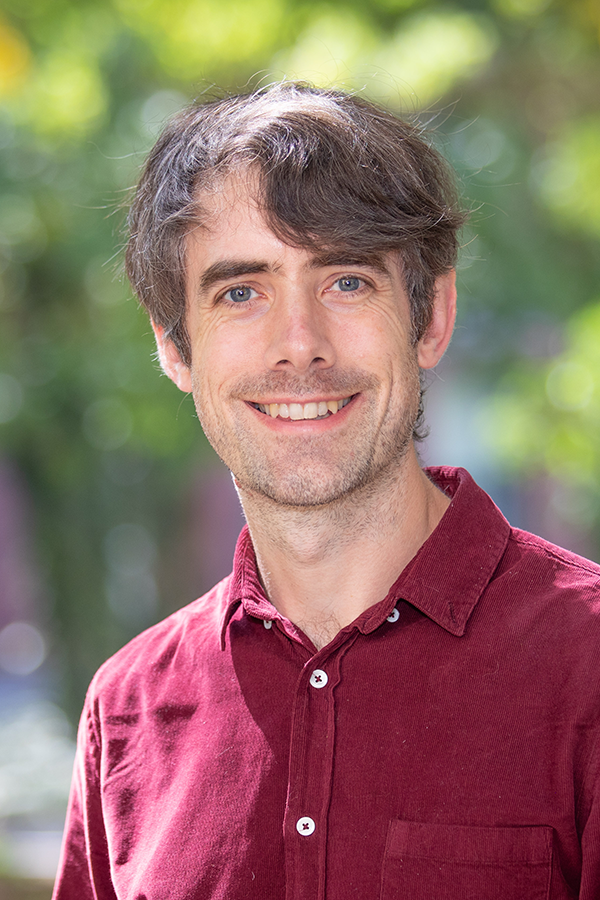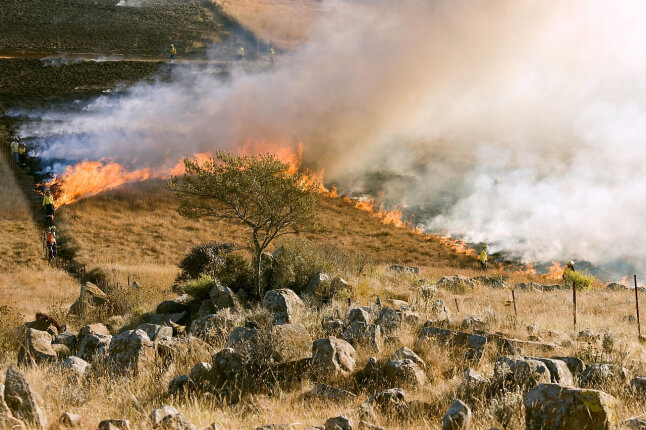News
Harvard faculty and students are training their interests and expertise on what is literally the world’s hottest hot-button issue: global warming. As a result, nine research teams will share $1 million in the seventh round of the Climate Change Solutions Fund (CCSF) awards for proposals that create critical knowledge, propel novel ideas, and lead toward solutions that can be applied at Harvard and across the globe.
“Pursuing a more sustainable future means advancing on several fronts to address the tremendous challenges posed by climate change,” Harvard President Larry Bacow said. “The projects being funded this year draw on strengths from across the University and among a wide swath of researchers and scholars. I look forward to seeing where their efforts lead us in the years ahead.”
Vice Provost for Research Richard McCullough, whose office administers the fund, said, “The variety of research in which our faculty and students engage — projects in government, engineering, chemistry, biology, architecture, and more — reflects Harvard’s strong commitment to addressing the full scope of impacts from climate change. With support from the University and generosity from alumni and others, CCSF is able to fund projects that are paramount to solving global climate and health challenges.”
The fund was established in 2014 by President Emerita Drew Faust to support and speed up Harvard’s transition from nonrenewable to sustainable sources.
Three SEAS projects are among those selected.
Designing a Solid-State Battery Device for Ultrahigh Performance Electric Vehicle Applications
Xin Li, Associate Professor of Materials Science at SEAS
After developing a solid-state battery with ultra-long cycling and ultra-high current density, with the potential for high-performance electric vehicle applications, Li hopes to demonstrate that the same design principle can work just as efficiently in a more practical, pouch-cell prototype. This larger format will further demonstrate the innovative battery design and provide critical data that will impact future research and industrial applications. The ultimate goal is to design a battery that outperforms internal combustion engines so electrical vehicles accelerate the transition from fossil-fuel-based energy to renewable energy.
A Back-to-Basics Approach to Improve Precipitation Physics in Global Climate Models
Kaitlyn Loftus, Ph.D. Candidate in Earth and Planetary Sciences, Graduate School of Arts and Sciences, with co-investigator Robin Wordsworth, Associate Professor of Environmental Science and Engineering at SEAS
In the model worlds used to predict and prepare for climate change, it is almost always lightly drizzling — unlike on the real Earth. The most complex climate models cannot even reproduce observed precipitation characteristics accurately, let alone robustly predict future characteristics. This failure is significant, because precipitation is directly associated with high-risk impacts such as floods, droughts, and lower regional crop yields, and indirectly associated with uncertainties in future temperature change. This project proposes a novel approach to representing precipitation in climate models by building a model that better reproduces present-day precipitation.
Using In Situ Observations to Identify Methane Sources in the Beijing Region
Shaojie Song, Research Associate, Harvard-China Project on Energy, Economy, and Environment at SEAS with co-investigator J. William Munger, Senior Research Fellow in Atmospheric Chemistry at SEAS
Human activities concentrated in cities are dominant sources of carbon dioxide and methane, the greenhouse gases that affect climate. Urban areas account for 70 percent of Earth’s greenhouse gases, but knowing exactly where emissions come from is essential for developing effective and affordable management plans. This project will use atmospheric measurements to assess methane sources in the Beijing region, where government policy mandated a shift from coal to natural gas in district heating plants and building boilers. The goal of the project, a collaboration of the SEAS-based Harvard-China Project and the Tsinghua University School of Environment, is to determine whether the coal-to-gas conversion has had its intended effect on greenhouse gas reduction or inadvertently created a new greenhouse gas source. The work will prepare the team for future research on poorly understood dimensions of the second-most-powerful greenhouse gas emissions in China and identifying effective and affordable mitigation solutions.
Topics: Climate
Cutting-edge science delivered direct to your inbox.
Join the Harvard SEAS mailing list.
Scientist Profiles
Robin Wordsworth
Gordon McKay Professor of Environmental Science and Engineering and Professor of Earth and Planetary Sciences
Bill Munger
LHT OT Eligible
Press Contact
Leah Burrows | 617-496-1351 | lburrows@seas.harvard.edu




